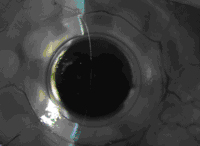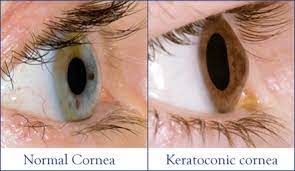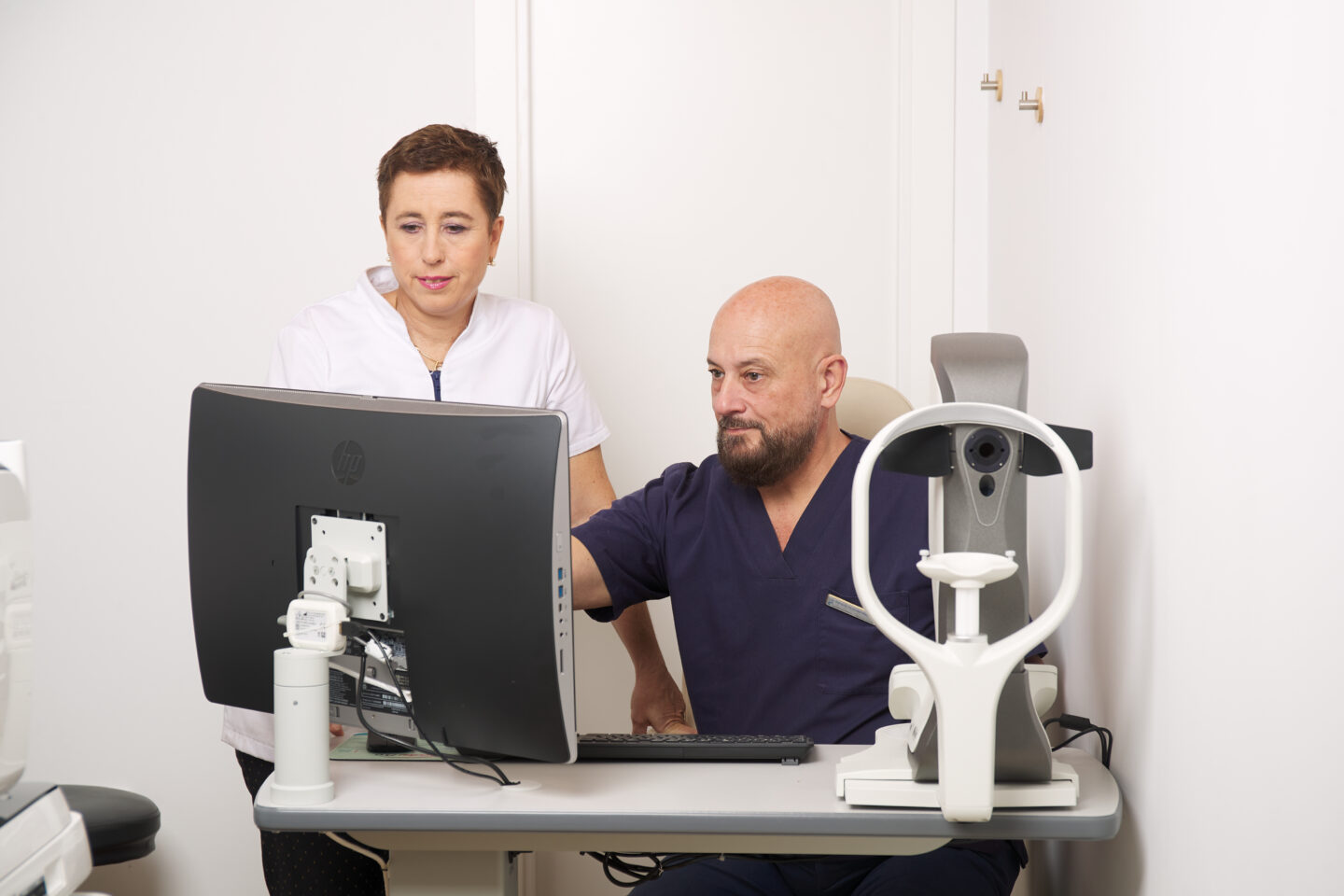 By Fernando J Fernandez-Velazquez, OD MCOptom FBCLA
By Fernando J Fernandez-Velazquez, OD MCOptom FBCLA
Clinicians often face significant challenges and difficulties in managing several ocular surface anomalies. Failure to initiate effective treatment can result in corneal scarring, infection, perforation, and permanent visual impairment that can affect the quality of life, independence, and other essential activities of daily living.
There are a variety of treatment options for patients presenting with the significant ocular surface disease through pharmaceuticals as steroids and NSAIDs, contact lenses and amniotic membranes. The therapeutic options depend strongly on both the underlying cause, as well as clinical findings. One effective therapy to accelerate healing of the damaged ocular surface is amniotic membrane grafts.
Incorporating this invaluable technology in our contact lens practices allows us to provide patients with exceptional care. As we actively engage in the disease process, in particular with patients who have corneal anomalies and ocular surface disorders. One of the keys to success in contact lens prescribing is to improve the relationship between the cornea, tear film, and the back surface of the contact lens. Approaching the management of anterior segment disorders using amniotic membrane contact lenses enhance and improve the tear film while achieving a profound resolution to the underlining pathologies; consequently, leading to a quick resolution and a better outcome.
How does an amniotic membrane work?
The membrane is composed of three layers: a single layer of epithelial cells, a thick basement membrane, and an avascular stromal layer. The stromal layer is believed to help downregulate major inflammatory complexes that are found in many ocular surface conditions that can lead to scarring. In contrast, anti-inflammatory mediators can indirectly reduce scarring. Amniotic membranes also have a direct anti-scarring effect through the inhibition of fibroblasts. The approach has to be comprehensive and thorough, as we actively engage with the process and the treatment modality.
These are the advantages of applying this modality of treatment:
• Faster re-epithelialization
• Intervention against scar formation
• Improved rates of corneal clarity
• Quality wound healing.
How many types of membrane are?
There are two amniotic membrane graft types; cryopreserved and dehydrated. Cryopreservation retains the native architecture of the amniotic membrane/ umbilical cord extracellular matrix. It maintains the quantity and activity of critical biological signals present in the fresh amniotic membrane/umbilical cords.
The freeze-dried or dehydrated tissues are found to be structurally compromised and almost wholly lacked these crucial components. This type does not require refrigeration, can be kept on the shelf and used when needed—rehydrate as needed. The concern with this form is whether it retains all of the hyaluronic acid with a heavy side-chain protein that provides the anti-inflammatory effect. The sense is that the dehydrated state does not keep as much anti-inflammatory effect.
When a membrane can be applied?
There are a variety of indications for the use of amniotic membranes, including non-healing epithelial defect, herpes simplex virus (HSV) and herpes zoster virus (HZV) keratitis, neurotrophic keratitis, Stevens-Johnson syndrome/toxic epidermal necrolysis, and dry eye disease.
Non-healing epithelial defects can occur following a direct injury or surgery, or in cases of a neurotrophic cornea, and represent one of the most common indications for the use of amniotic membranes. While most epithelial defects heal over days, in some cases, there can be significant delays in epithelial healing that can lead to corneal haze and loss of best-corrected vision, as well as pose an infection risk. Typically, the epithelial defect will significantly improve within a matter of days following the placement of an amniotic membrane graft.
Epithelial irregularities and frank defects in neurotrophic corneas can be more challenging to treat than a typical persistent epithelial defect. In many cases, cryopreserved amniotic grafts can be quite helpful. Clinicians may also consider adjunctive therapy with serum tears. While amniotic membrane grafts are often helpful, some patients may even require a more definitive surgical procedure, such as ocular surface reconstruction with an amniotic membrane graft. This surgery is performed with the placement of one to two layers of amniotic membrane graft across the cornea, which is secured with sutures and/or glue.
Infectious keratitis represents another sight-threatening condition for which amniotic membrane grafting can play a role in certain circumstances, especially in those involving the central visual axis. With infections of the cornea, the goal is to use antibiotics to eradicate the infectious organism. The main consequences of corneal infections are haze or scarring, which can dramatically impair vision. Topical steroids can exert their anti-inflammatory effects to help limit the degree of corneal haze or scarring. However, topical steroids can also suppress local immunity and impair the body’s ability to fight the infection. Amniotic membrane grafts are a practical option here, as patients can continue to use anti-infective agents. Besides, the membrane’s additional anti-inflammatory properties allow for corneal repair by suppressing collagenases and activating keratocytes.
Conclusion
Amniotic grafts can provide significant relief to patients who have corneal epithelial compromise, and in eyes with sight-threatening corneal conditions may limit scar and haze formation. They can be placed in either the office or operating room setting. They should be considered an essential tool in our toolbox in the early intervention and management of patients who have a corneal compromise.






